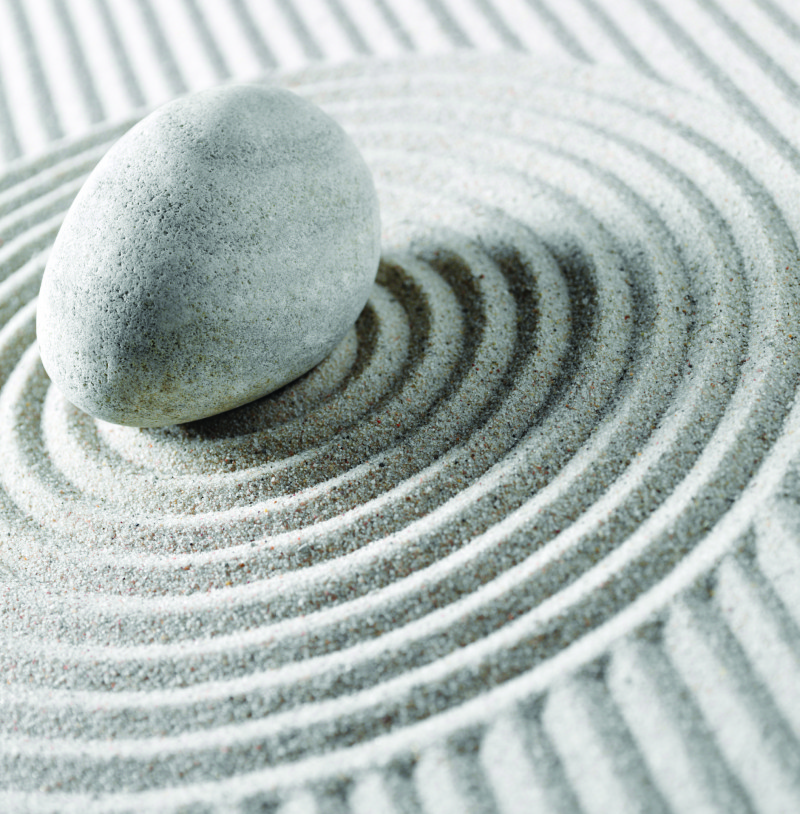“Through sustained focus and meditation on our patterns, habits and conditioning, we gain knowledge and understanding of our past and how we can change the patterns that aren’t serving us to live more freely and fully.” (Yoga Sutra, III:18)
When I talk to clients about meditation, the concept can seem quite alien to them, and some find it a real struggle. This is one of the drawbacks of modern city life; many of us have lost the art of knowing how to shut off. Practising meditation is quite simply learning to be still, to be quiet and to allow the body time to restore itself back to homeostasis and a place of calm. There are a lot of preconceptions about meditation and what it means; I was very dismissive of it when I first came across it, thinking this wasn’t something I had time for nor needed.
The truth is, everyone would benefit from meditating, even if it’s only for ten minutes a day. The other misconception about meditation is that it involves being guided through a twenty-minute dream-like state, or sitting in the Buddha position, or falling into a trance imagining yourself swimming with dolphins. Meditating to me is about taking some time, even just a few minutes, and spending it thinking about nothing else but your body and what’s going on. Your mind should be still, your thoughts should be boxed away, and the best way to start is to focus on your breathing.
During a sales training day in my old City life, I can recall the sales director asked us all to sit in silence for several minutes and then make a note of the noises we could hear. Almost everyone came back with the same noises; passing traffic, pedestrians talking on their phones, the sounds of footfall on the pavement, the creaking of chairs, clothes rustling, and so on. No-one in the room (there were over 100 people there) said they heard the sounds of their breathing, despite it being the closest noise to them. This is because it’s something that we do automatically, and therefore we don’t hear it. What mediating does is bring your attention back to your breathing, and to allow you to focus on yourself again. In the same way that none of the salespeople in the meeting noticed their breathing because they were focusing externally on the white noise around them, if you’re focusing on your breathing you automatically block out the white noise around you so you can fully focus. I also find reading in a quiet area is similar to meditating, if you can find a peaceful spot.
Just lying down and closing your eyes can also work. It’s all about quietening the mind and taking some time to consider how you’re feeling; the where, when and how isn’t important, as long as you can disconnect from the outside world. It’s now not uncommon to see sportspeople meditating and going through visualisation exercises before waiting to come onto the court, pitch, athletics field or enter the ring. They can do this in spite of the noise around them. I urge you to try it.
Leanne Spencer
@BodyshotPT
www.bodyshot-pt.co.uk



